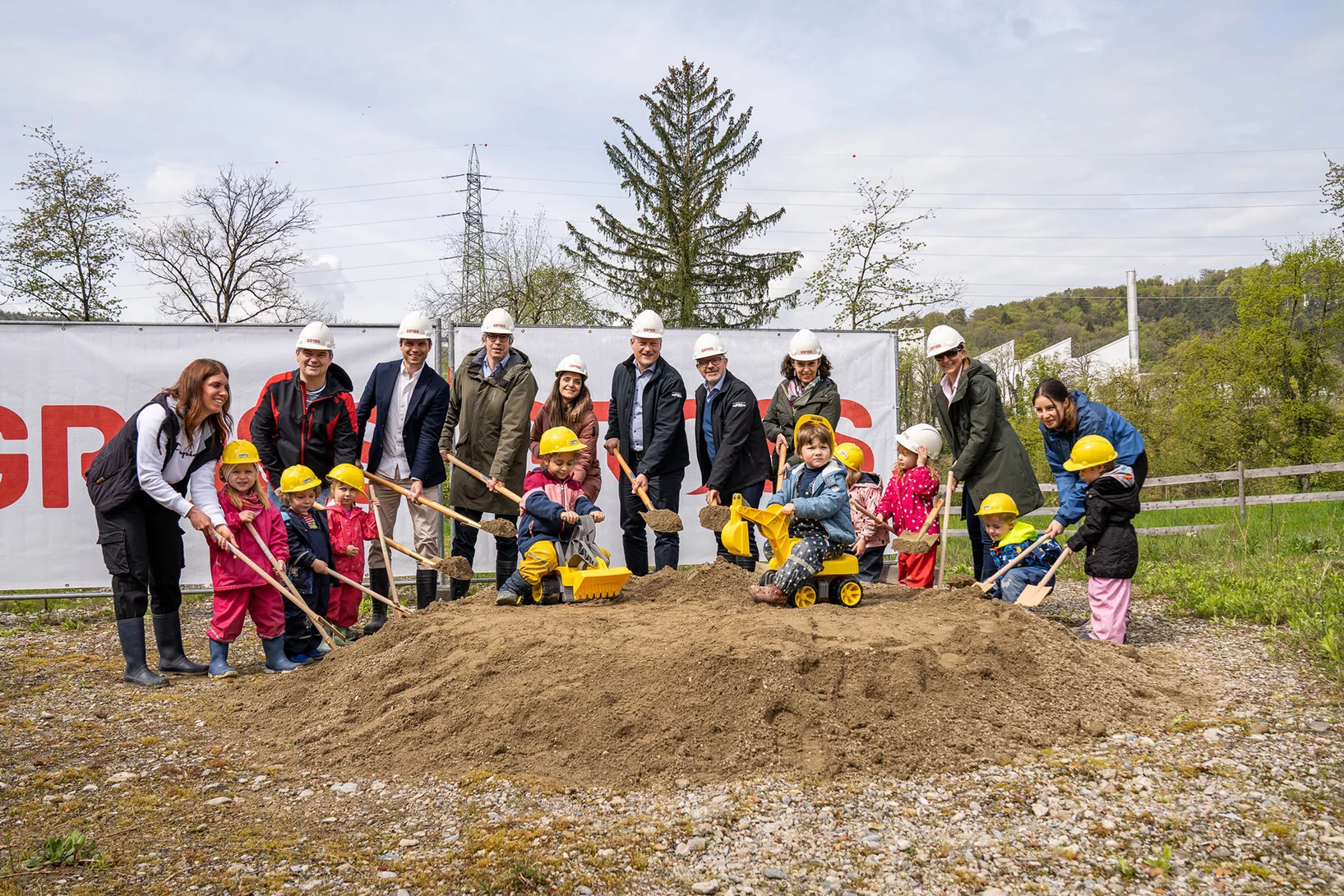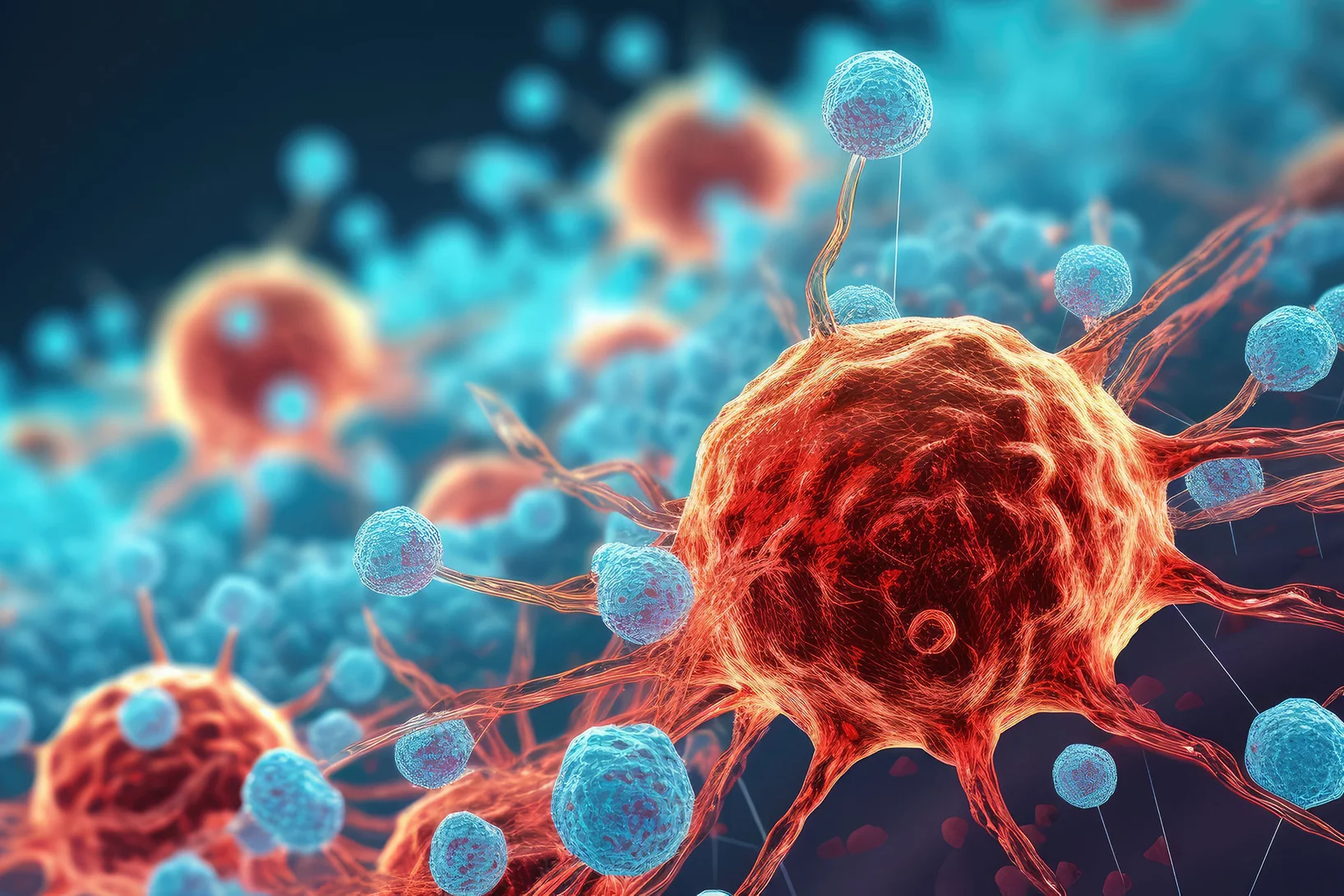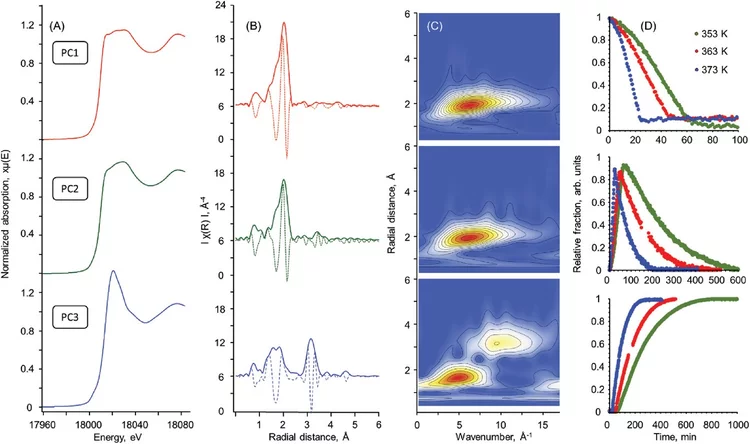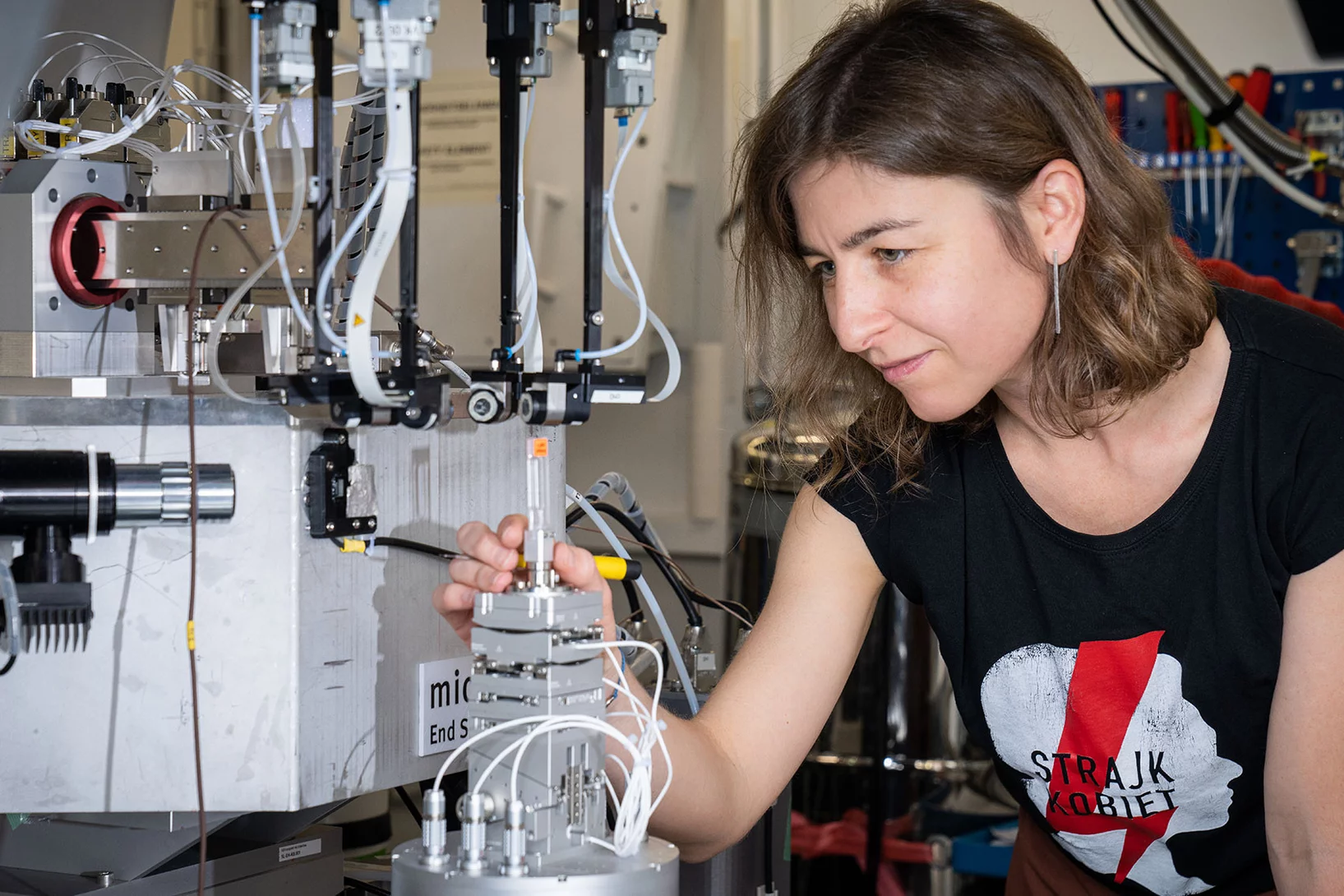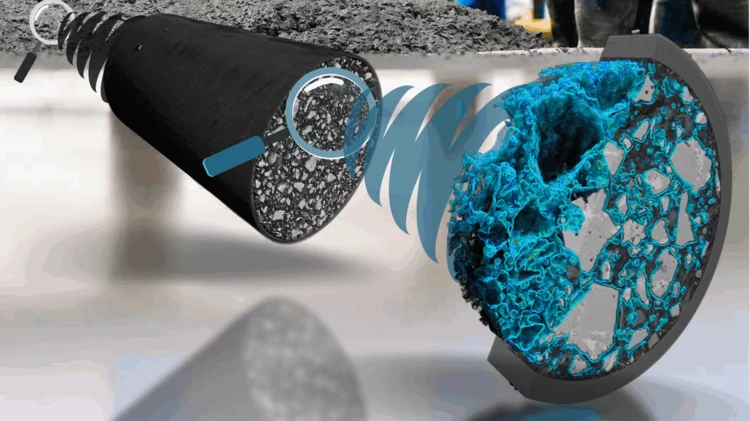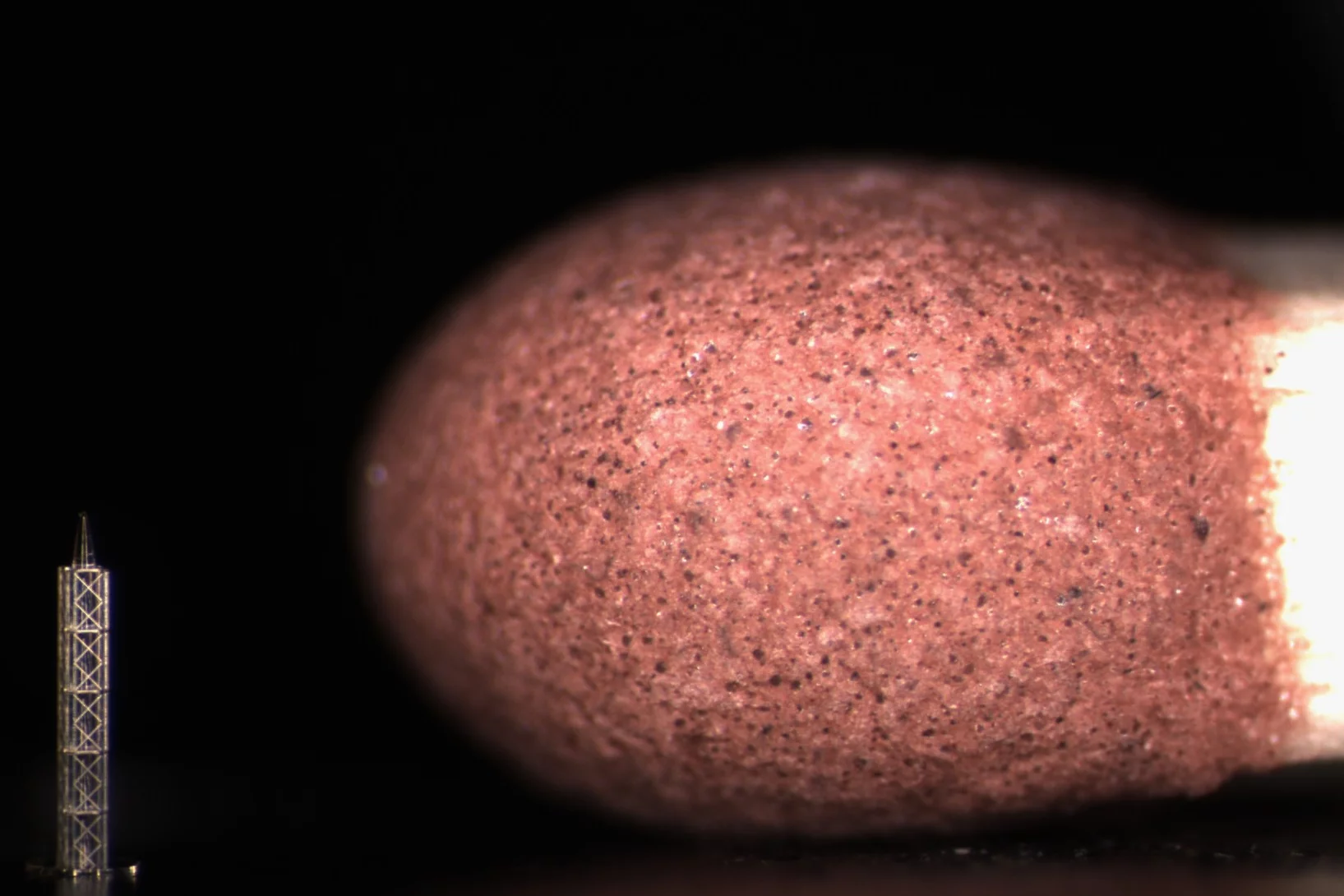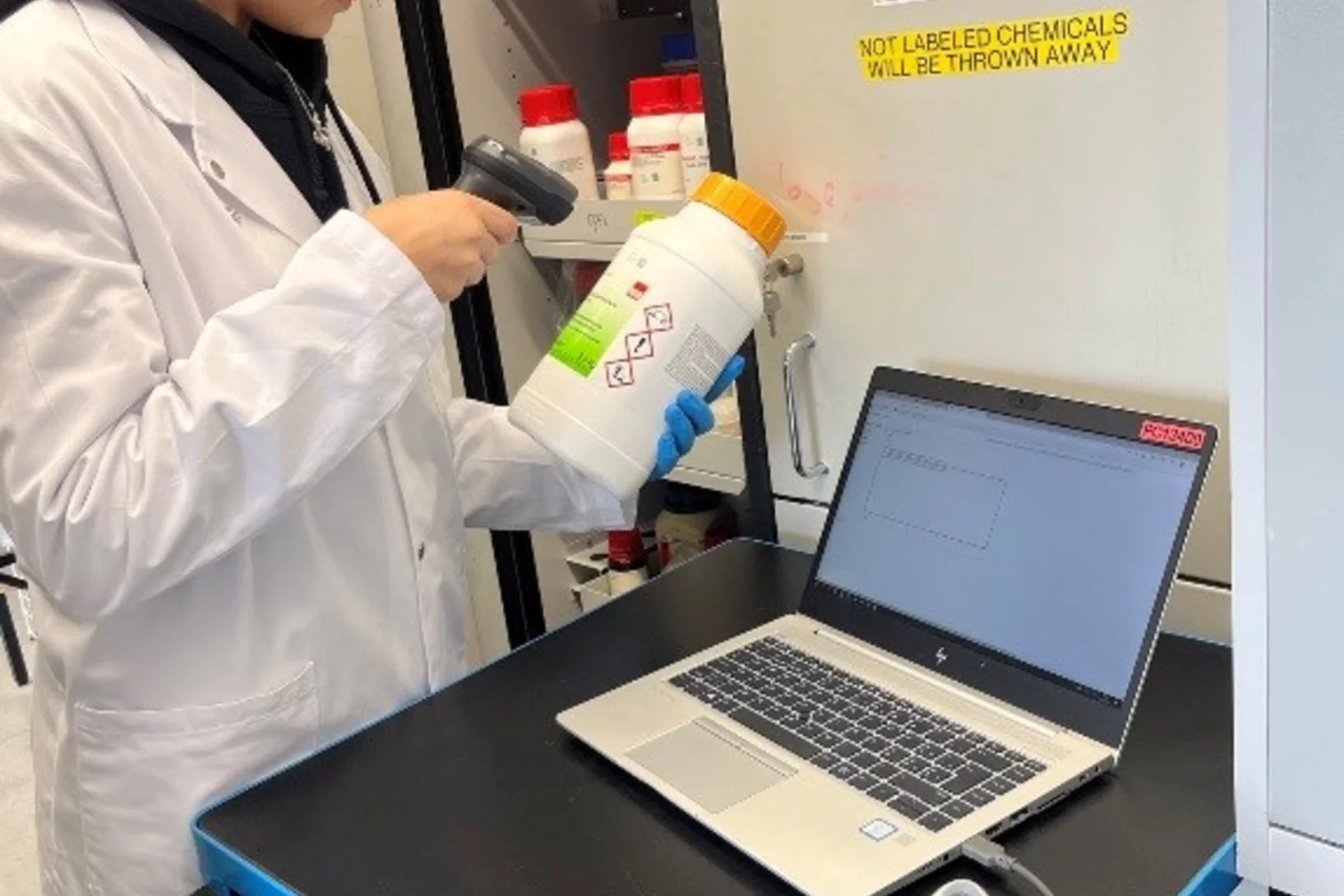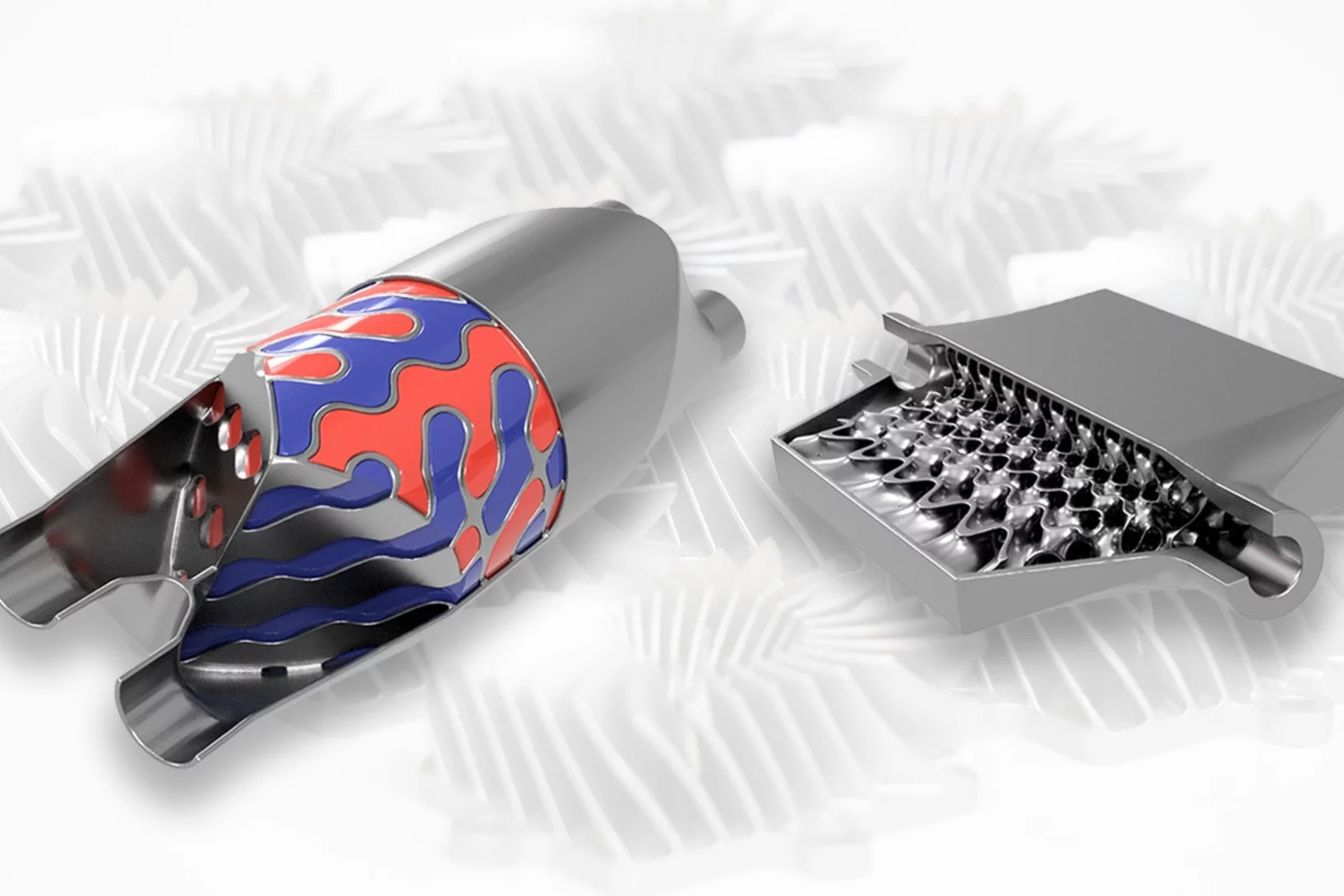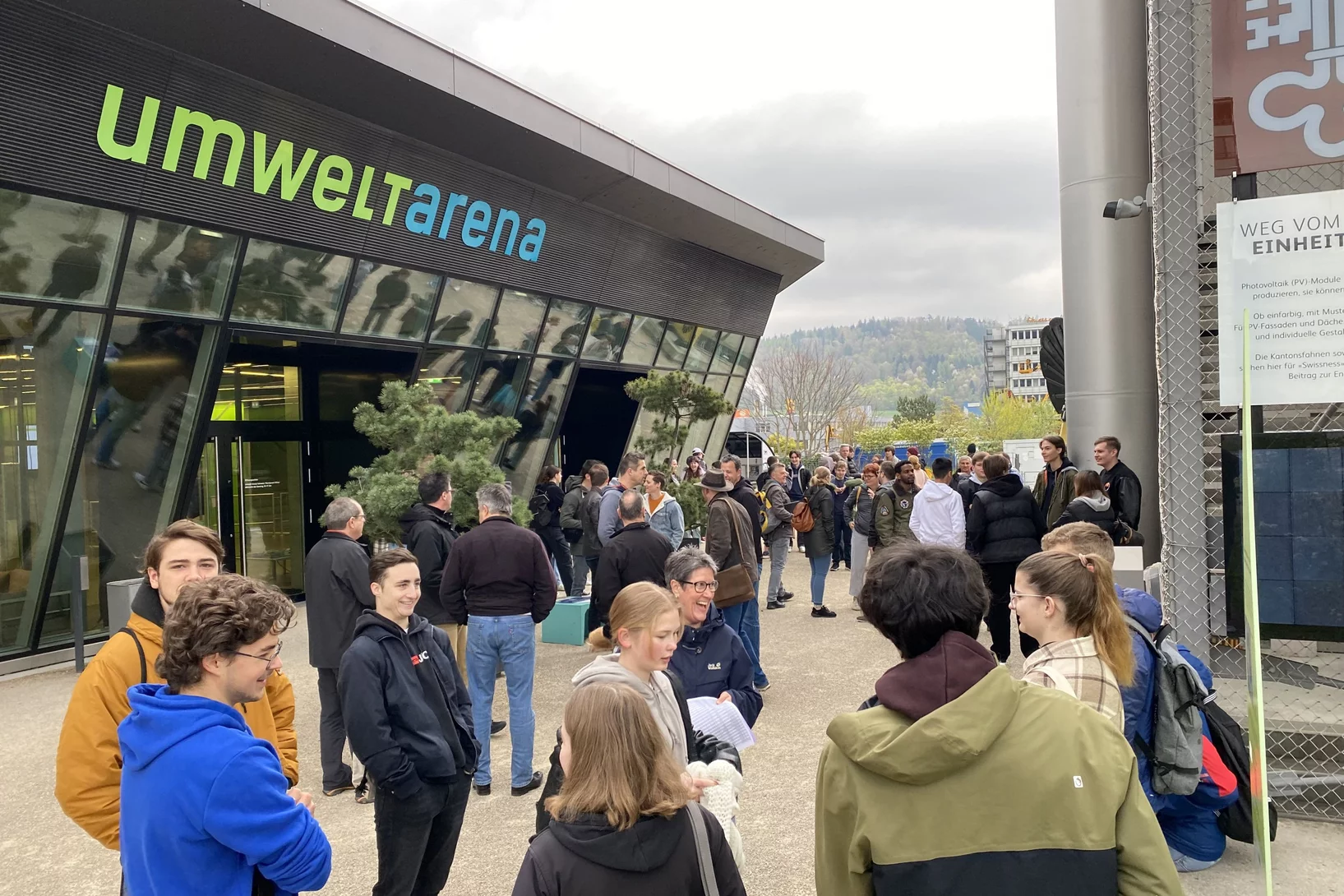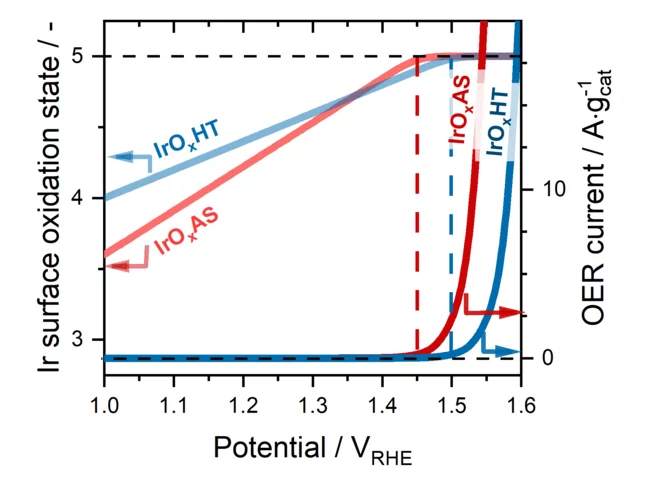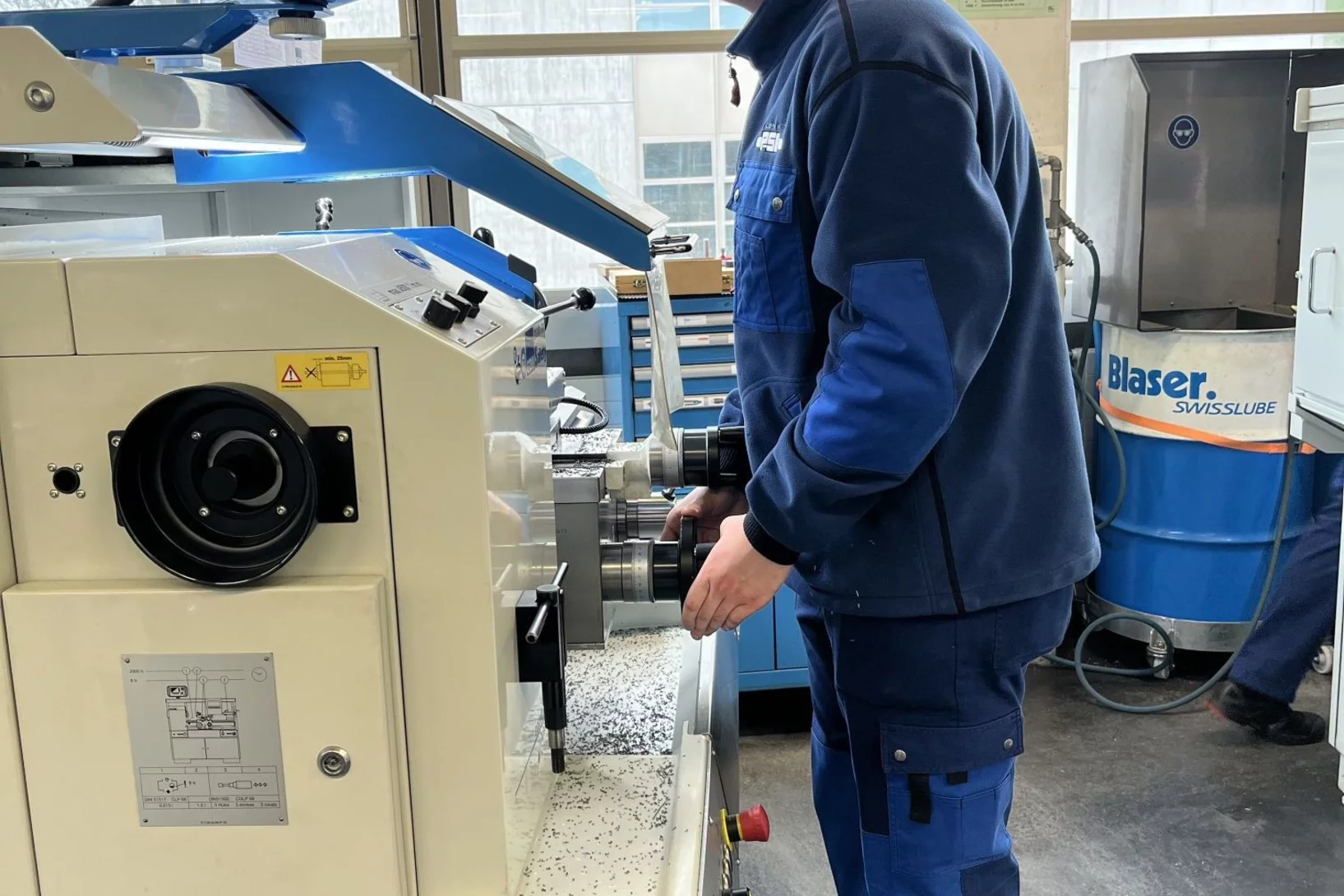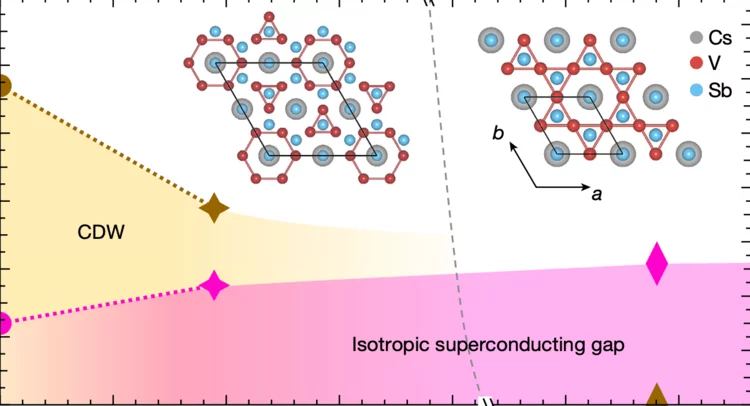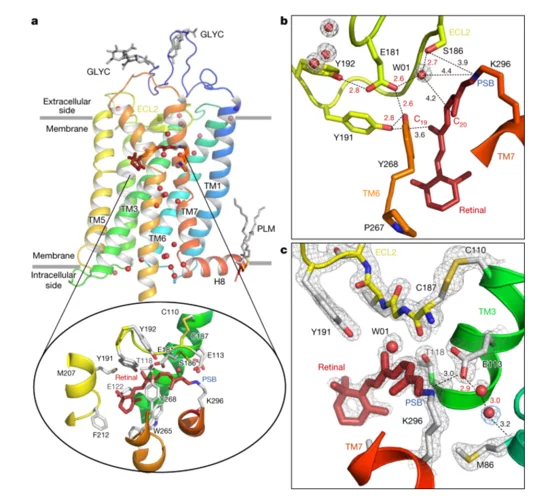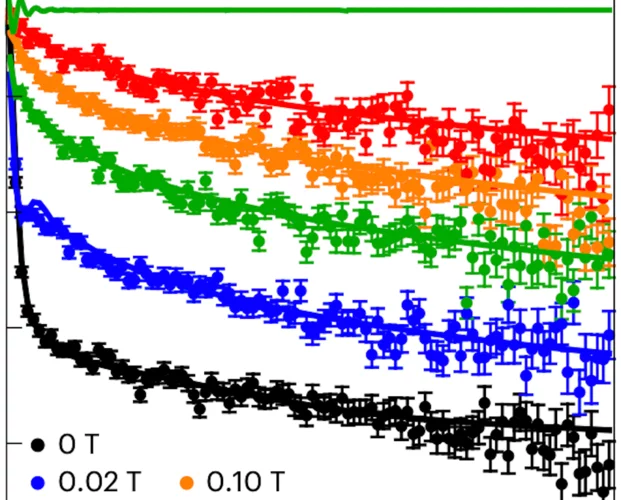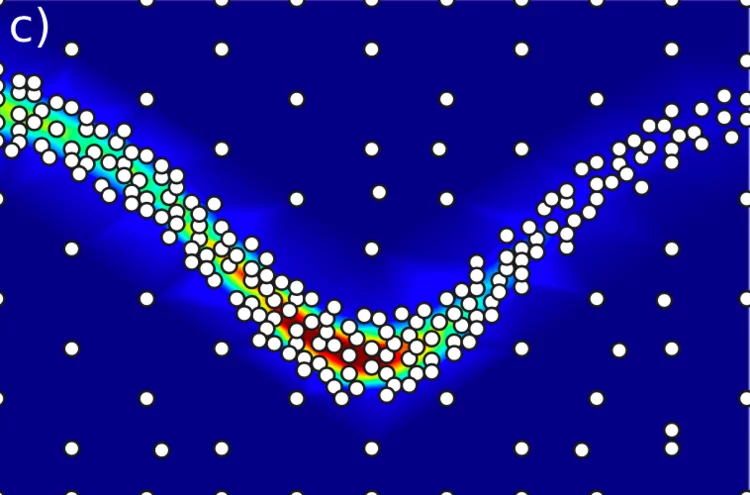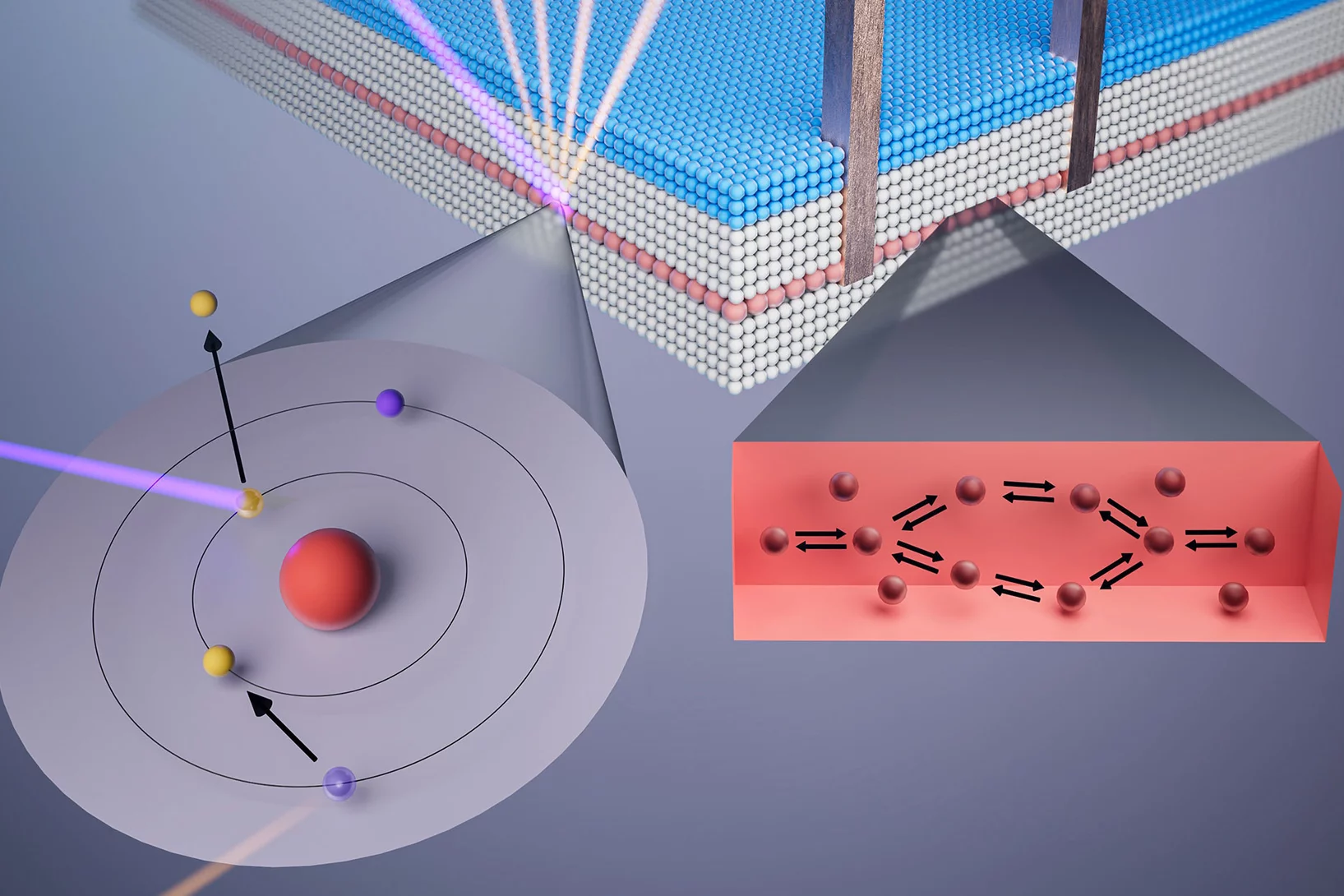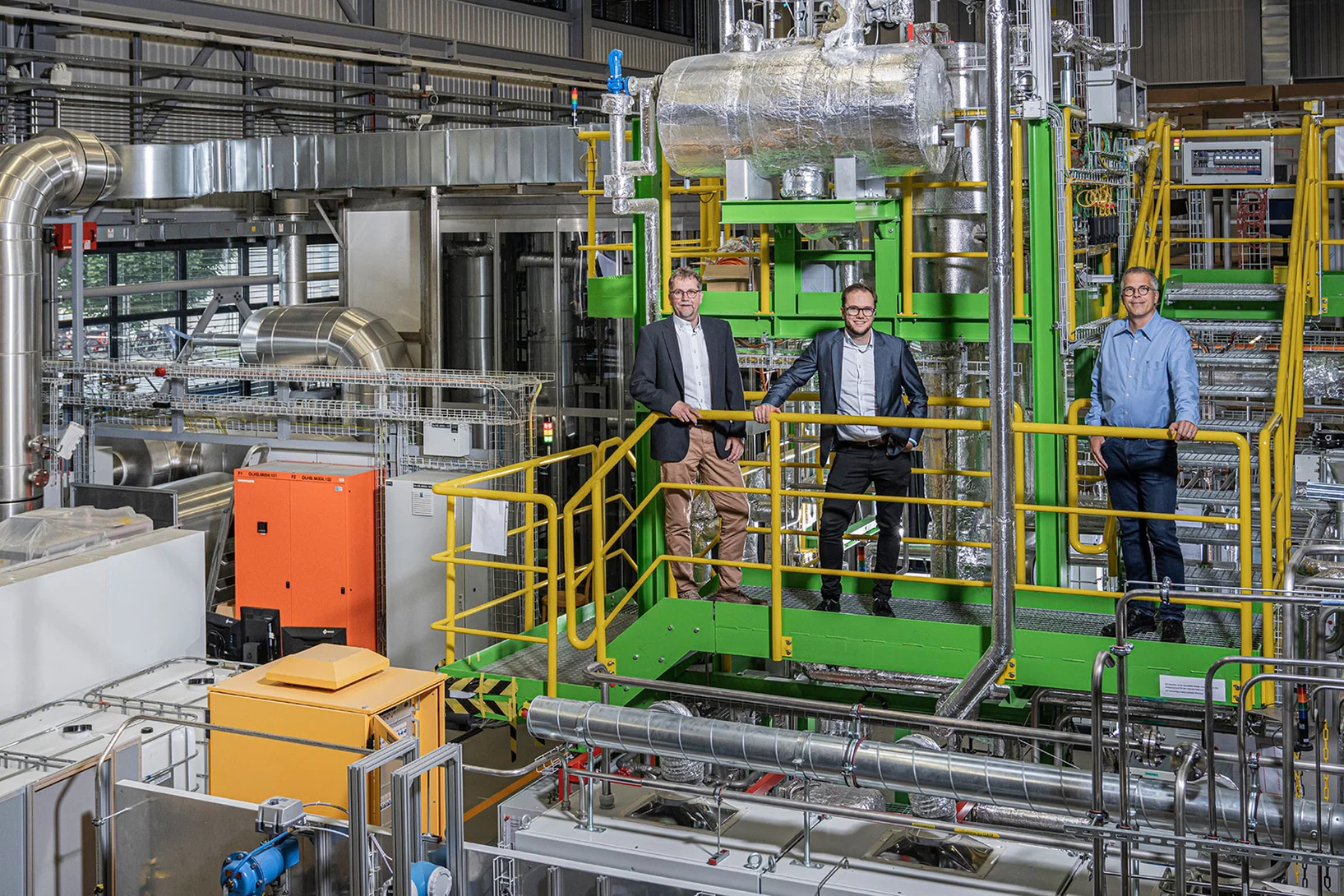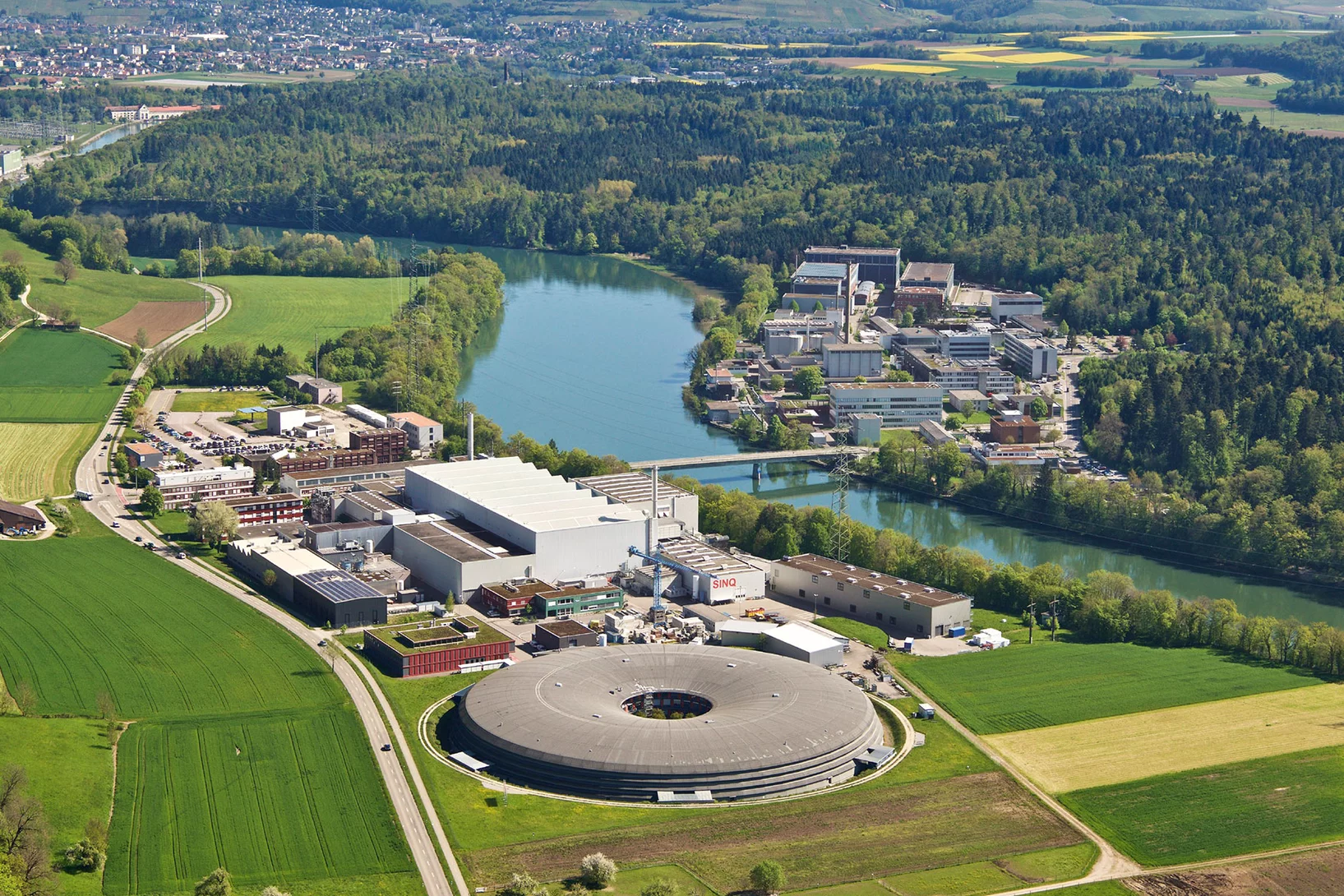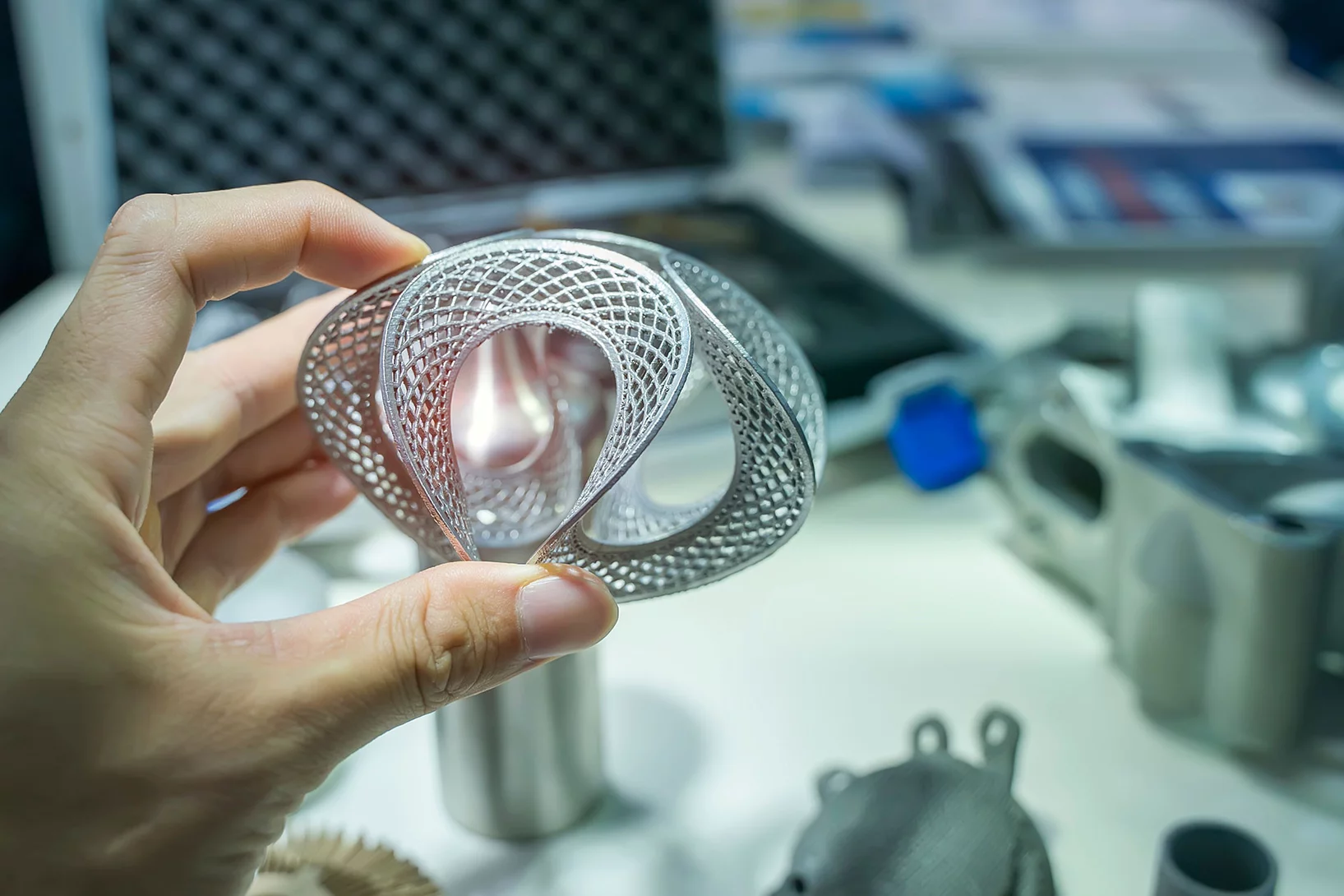Breaking the ground as a game
Construction of new PSI day-care centre begins.
Promising collaboration with ITM in the field of cancer therapy
PSI and ITM Isotope Technologies Munich SE (ITM), a leading radiopharmaceutical biotech company, have entered into a collaboration for the joint development of the production of a novel therapeutic radionuclide, terbium-161. In this collaboration, PSI and ITM will combine their respective technologies and expertise in the production of terbium-161, including clinical and commercial use in targeted radionuclide therapy for the treatment of cancer. The goal is to be able to offer cancer patients new and better treatment options.
Terbium-161 has been identified as a very promising therapeutic isotope for targeted radionuclide therapy in cancer due to its excellent physicochemical properties: The convincing therapeutic capabilities of terbium-161 have been demonstrated in various preclinical studies at PSI. The collaboration with ITM - a pioneer and major player in the field of radiopharmaceutical applications - aims to combine PSI's long-standing research with ITM's extensive knowledge to drive further innovation in radionuclide therapy.
With this collaboration, ITM expands its research and production portfolio alongside Lutetium-177 and Actinium-225, which are currently the most widely used medical radioisotopes for targeted radionuclide therapy and which ITM supplies to hospitals and pharmaceutical partners worldwide.
Marino Missiroli elected Trigger Coordinator of the CMS experiment at CERN
Marino Missiroli, a postdoctoral researcher in the High-Energy Particle Physics group of the Laboratory for Particle Physics (LTP) in NUM, will join the management team of the CMS experiment at CERN as Trigger Co-Coordinator in September 2023.
Deciphering the Mechanism of Crystallization of UiO-66 Metal-Organic Framework
Zirconium-containing metal-organic framework (MOF) with UiO-66 topology is an extremely versatile material, which finds applications beyond gas separation and catalysis. By means of in situ time-resolved high-resolution mass spectrometry, Zr K-edge X-ray absorption spectroscopy, magic-angle spinning nuclear magnetic resonance spectroscopy, and X-ray diffraction it is showed that the nucleation of UiO-66 occurs via a solution-mediated hydrolysis of zirconium chloroterephthalates, whose formation appears to be autocatalytic.
Hunting for the radius of a proton
0.000 000 000 000 840 87 (39) metres – scientists working at PSI have come up with this astonishing figure for the radius of a proton.
X-rays look at nuclear fuel cladding with new detail
Micro-beam measurements at the Swiss Light Source SLS give insights into the crystal structure of hydrides that promote cracks in nuclear fuel cladding.
Laura Heyderman elected Royal Society Fellow
Laura’s nomination recognises almost 30 years of research into magnetic materials and magnetism on the nanoscale.
A deep look into hydration of cement
Researchers led by the University of Málaga show the Portland cement early age hydration with microscopic detail and high contrast between the components. This knowledge may contribute to more environmentally friendly manufacturing processes.
Switzerland’s path to the net-zero target
The ETH institutions are pooling their expertise in pursuit of the net-zero target.
Automation trifft Adrenalin
Die zwei Automatiker Abschlussklassen der BBB Baden haben am 26. April und 27. April 2023 auf ihrer Abschlussreise das Mercedes-Benz Werk und den Europapark Rust besucht.
PSI Alumni Careers: Eric Wasson Burns – from PhD at NUM to Associate in the Climate Team at Deep Science Ventures
The PSI Career Blog features PSI alumni and their career paths to highlight the versatility of the PSI community, and inspire the young generation. Today with Eric Wasson Burns, who is telling us about his PhD experience at PSI, and the transition to his current job as associate in the climate team of Deep Science Ventures.
Welcome to LXN Daniel Melvin
Herzlich Willkommen Daniel Melvin in LXN!
Apochromatic X-ray focusing
A team of scientists from the Paul Scherrer Institut, the University of Basel and DESY have demonstrated the first-ever realization of apochromatic X-ray focusing using a tailored combination of a refractive lens and a Fresnel zone plate. This innovative approach enables the correction of the chromatic aberration suffered by both refractive and diffractive lenses over a wide range of X-ray energies. This groundbreaking development in X-ray optics have been just published in the scientific journal Light: Science & Applications.
Chemikalien-Inventur 2023
Dieses Jahr wurde die erste periodische Chemikalien-Inventur am PSI mit 117 beteiligten Gruppen und insgesamt 20`000 Chemikalien erfolgreich abgeschlossen.
Industry-Event: «Advanced Manufacturing» - What may added value cost?
ANAXAM, cross-ING and inspire AG cordially invite interested industry representatives to their information event on 29 June 2023 on the topic of "AM in the field of tension - what can added value cost?”
Successful AM solutions are characterized by the fact that they are understood and supported by the entire company. The additional benefits made possible by additive manufacturing - the "added value" - must be transported and communicated from the development department through marketing and sales to the customer.
Berufsbildungsausflug 2023
Die Umwelt ist uns nicht egal!
The evolution of O2 on Ir-based catalysts requires the complete oxidation of their surface to Ir+5
The evolution of O2 occurring in polymer electrolyte water electrolyzer anodes is a very slow reaction that must be catalyzed using iridium (Ir-) based materials. However, Ir is an extremely scarce metal, and thus the extended commercialization of these electrolyzers will only be possible if the amount of Ir implemented in their anodes is drastically reduced. This requires an improved understanding of the individual steps through which these Ir-based materials catalyze the evolution of O2. To shed light on this matter, in this work we studied four different Ir-based catalysts under operative conditions using time resolved X-ray absorption spectroscopy. Our results show for the first time that, despite the differences between these materials, their surfaces must systematically be completely oxidized to a +5 state in order for the evolution of O2 to proceed on them.
GDW-Cup Polymechanikerinnen und Polymechaniker
Polymechanikerinnen und Polymechaniker auf die Probe gestellt.
Information Event on Career-Building Programmes
Do you want to find out about career-building programmes such as CONNECT for female scientists at Swiss universities? Then take part in the hybrid information event on 31 May 2023!
Meilenstein - QV-Praktische Arbeit
«Aus alt mach neu», das sind die schönen Seiten in unserem Beruf in der Gebäudereinigung.
Nodeless electron pairing in CsV3Sb5-derived kagome superconductors
The newly discovered kagome superconductors represent a promising platform for investigating the interplay between band topology, electronic order and lattice geometry. Despite extensive research efforts on this system, the nature of the superconducting ground state remains elusive. In particular, consensus on the electron pairing symmetry has not been achieved so far, in part owing to the lack of a momentum-resolved measurement of the superconducting gap structure. Here we report ...
Ultrafast structural changes direct the first molecular events of vision
The visual pigment rhodopsin plays a critical role in the process of low-light vision in vertebrates. It is present in the disk membranes of rod cells in the retina and is responsible for transforming the absorption of light into a physiological signal. Rhodopsin has a unique structure that consists of seven transmembrane (TM) α-helices with an 11-cis retinal chromophore covalently bound to the Lysine sidechain of 7th TM helix. A negatively charged amino acid (glutamate) forms a salt bridge with the protonated Schiff base (PSB) of the chromophore to stabilize the receptor in the resting state.
Rhodopsin transforms the absorption of light into a physiological signal through conformational changes that activate the intracellular G protein transducin—a member of the Gi/o/t family—initiating a signaling cascade, resulting in electrical impulses sent to the brain and ultimately leading to visual perception. Although previous studies have provided valuable insights into the mechanism of signal transduction in rhodopsin, methods that provide both a high spatial and temporal resolution are necessary to fully understand the activation mechanism at the atomic scale from femtoseconds to milliseconds. This study presents the first experimentally-derived picture of the rhodopsin activation mechanism at the atomic scale using time-resolved serial femtosecond crystallography in association with hybrid quantum mechanics/molecular mechanics (QM/MM) simulations. The results show that light-induced structural changes in rhodopsin occur on a timescale of hundreds of femtoseconds, and they reveal new details about the conformational changes that occur during activation.
Quantum disordered ground state in the triangular-lattice magnet NaRuO2
It has long been hoped that spin liquid states might be observed in materials that realize the triangular-lattice Hubbard model. However, weak spin–orbit coupling and other small perturbations often induce conventional spin freezing or magnetic ordering. Sufficiently strong spin–orbit coupling, however, can renormalize the electronic wavefunction and induce anisotropic exchange interactions that promote magnetic frustration.
When electrons dress up in light
Light – the Fifth Element of Materials Science?
Wood: A wild card for the energy transition
The role of the natural resource for security of supply in Switzerland
Active learning-assisted neutron spectroscopy with log-Gaussian processes
Neutron scattering experiments at three-axes spectrometers (TAS) investigate magnetic and lattice excitations by measuring intensity distributions to understand the origins of materials properties. The high demand and limited availability of beam time for TAS experiments however raise the natural question whether we can improve their efficiency and make better use of the experimenter’s time.
Quality control of future transistors: Tackling the challenge of looking at atoms buried in silicon without moving them
Tackling the challenge of looking at atoms buried in silicon without moving them
Methane as an energy store
Researchers at PSI and the start-up AlphaSYNT are working together on a solution for efficiently storing energy.
Always on the pulse of time
Presenting two picture galleries to mark the 35th anniversary of the Paul Scherrer Institute PSI.
X-rays make 3D metal printing more predictable
Insights into the microscopic details of 3D printing from the Swiss Light Source SLS could propel the technology toward wider application

